In recent years, the concept of nearshoring has gained traction among European businesses seeking to optimize their supply chains. Serbia, with its strategic location and burgeoning industrial capabilities, emerges as a key player in the nearshoring landscape, particularly in the non-ferrous metals sector. Elevatepr.digital delves into how Serbia’s non-ferrous metal industry is becoming an integral part of the European supply chain.
Serbia’s Non-Ferrous Metal Industry
Serbia’s rich mineral resources, including significant deposits of copper, lead, zinc, and other non-ferrous metals, lay the groundwork for a robust mining and metal processing industry. The country has developed substantial expertise in the extraction and processing of these metals, making it an attractive nearshoring option for European countries.
Advantages of Nearshoring to Serbia
1. Proximity to European Markets: Serbia’s geographical closeness to major European markets reduces transportation costs and time, a crucial factor for industries reliant on heavy and bulk commodities like metals.
2. Cost-Effective Production: Competitive labor costs and favorable energy prices in Serbia lower the overall production costs, allowing European businesses to maintain cost-efficiency while reducing supply chain vulnerabilities.
3. Quality and Standards Compliance: As Serbia aligns more with EU standards and regulations, particularly in environmental and operational protocols, it assures European partners of quality and compliance.
4. Resilient Supply Chains: Nearshoring to Serbia offers European businesses a way to diversify their supply chains, reducing dependency on distant suppliers and mitigating risks such as geopolitical tensions or global trade disruptions.
Challenges and Considerations
1. Infrastructure and Logistics: While improving, Serbia’s infrastructure, particularly in transportation and logistics, requires further development to fully meet the demands of large-scale metal exports.
2. Environmental Concerns: Metal processing is energy-intensive and poses environmental challenges. Serbia must continue to invest in cleaner, more sustainable practices to meet the increasing environmental standards of European partners.
3. Economic Stability: Long-term investments necessitate stable economic conditions. Serbia’s ongoing economic reforms aim to provide a more predictable business environment, which is crucial for fostering confidence among European investors.
Economic Implications for Serbia and Europe
1. Job Creation and Economic Growth: The growth of the non-ferrous metal industry in Serbia has the potential to create jobs and stimulate economic growth both domestically and in the wider European region.
2. Enhanced Trade Relations: This nearshoring trend can strengthen trade relations between Serbia and European countries, contributing to a more integrated and cooperative economic landscape in Europe.
3. Technological and Skill Development: Increased demand for Serbian metals may spur technological advancements and skill development within the country, enhancing its industrial capabilities.
Nearshoring non-ferrous metals from Serbia presents a compelling proposition for European markets. It offers a combination of strategic geographic advantages, cost-effectiveness, and quality assurance. While challenges remain, particularly in infrastructure development and environmental sustainability, the potential economic benefits for both Serbia and Europe are significant. As global supply chains evolve, Serbia’s role in the European metals market is poised to expand, marking a key shift towards more localized and resilient supply networks.
